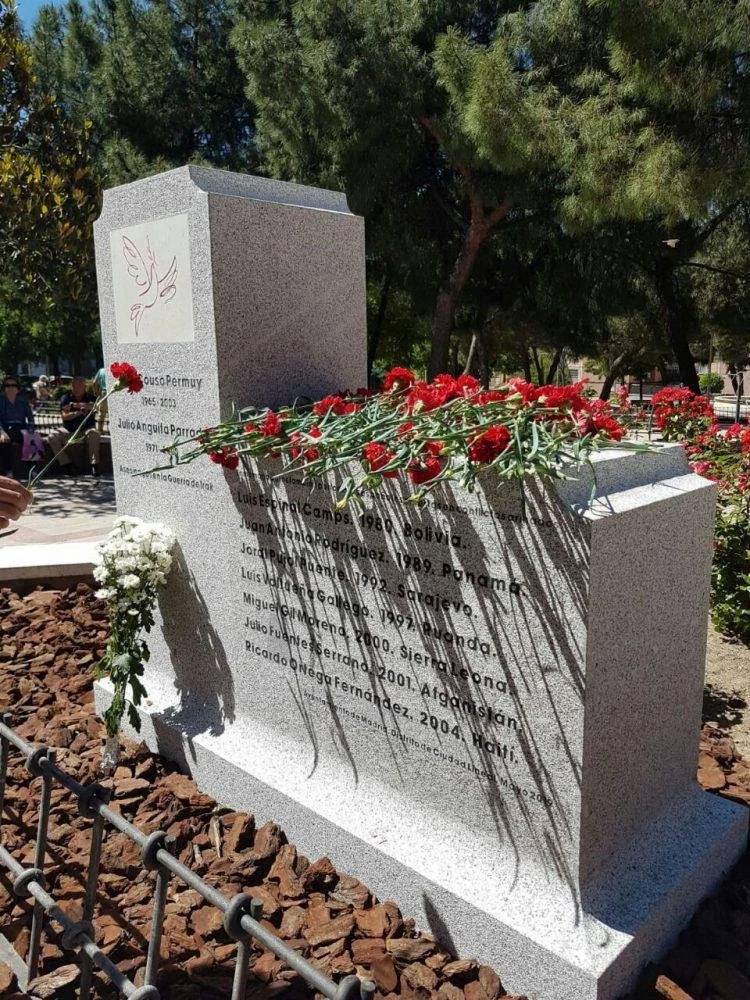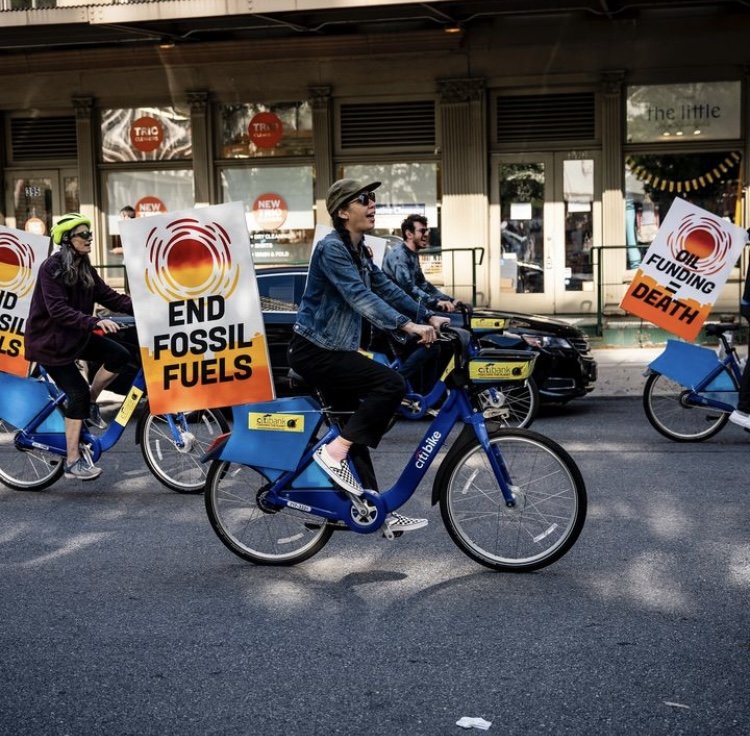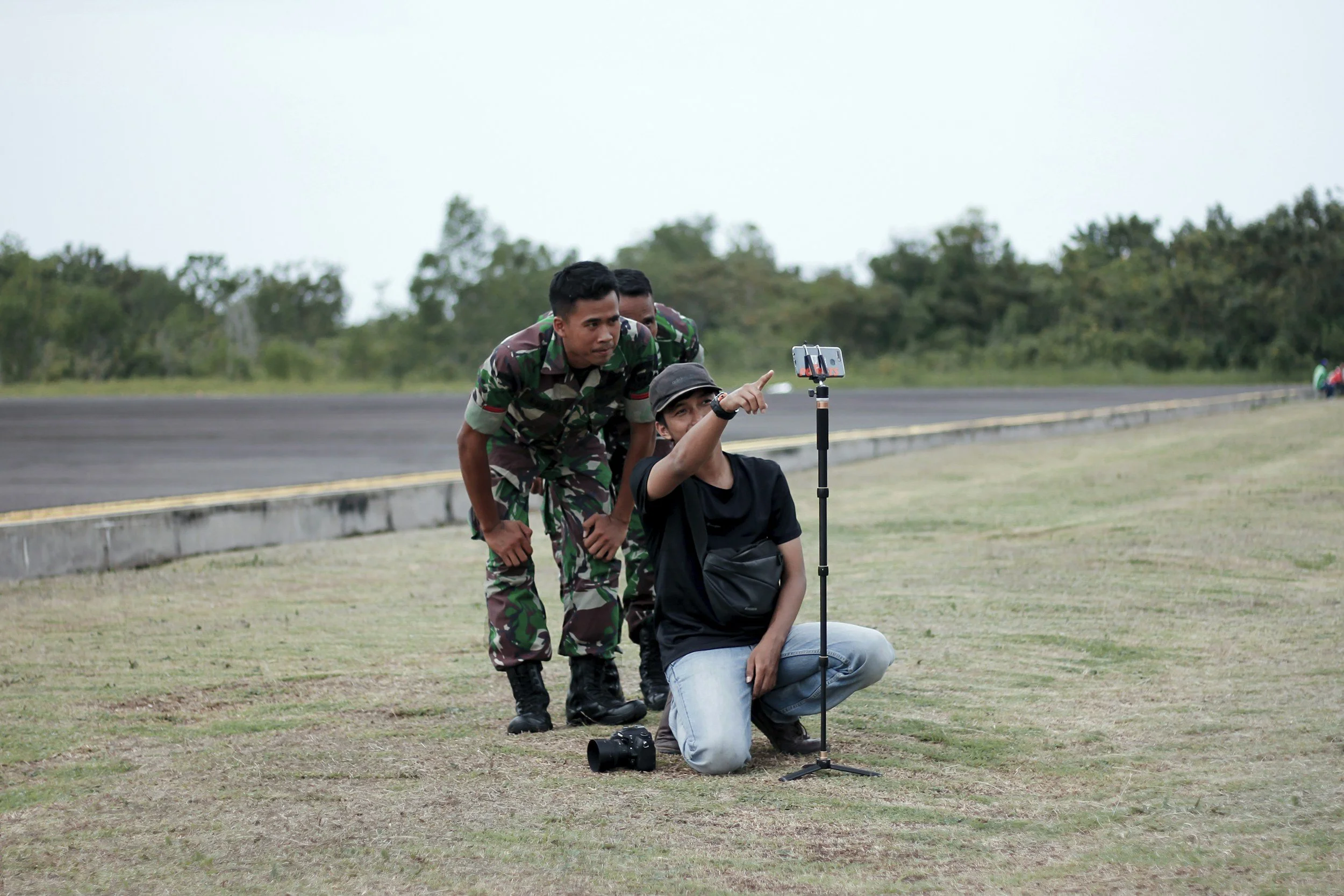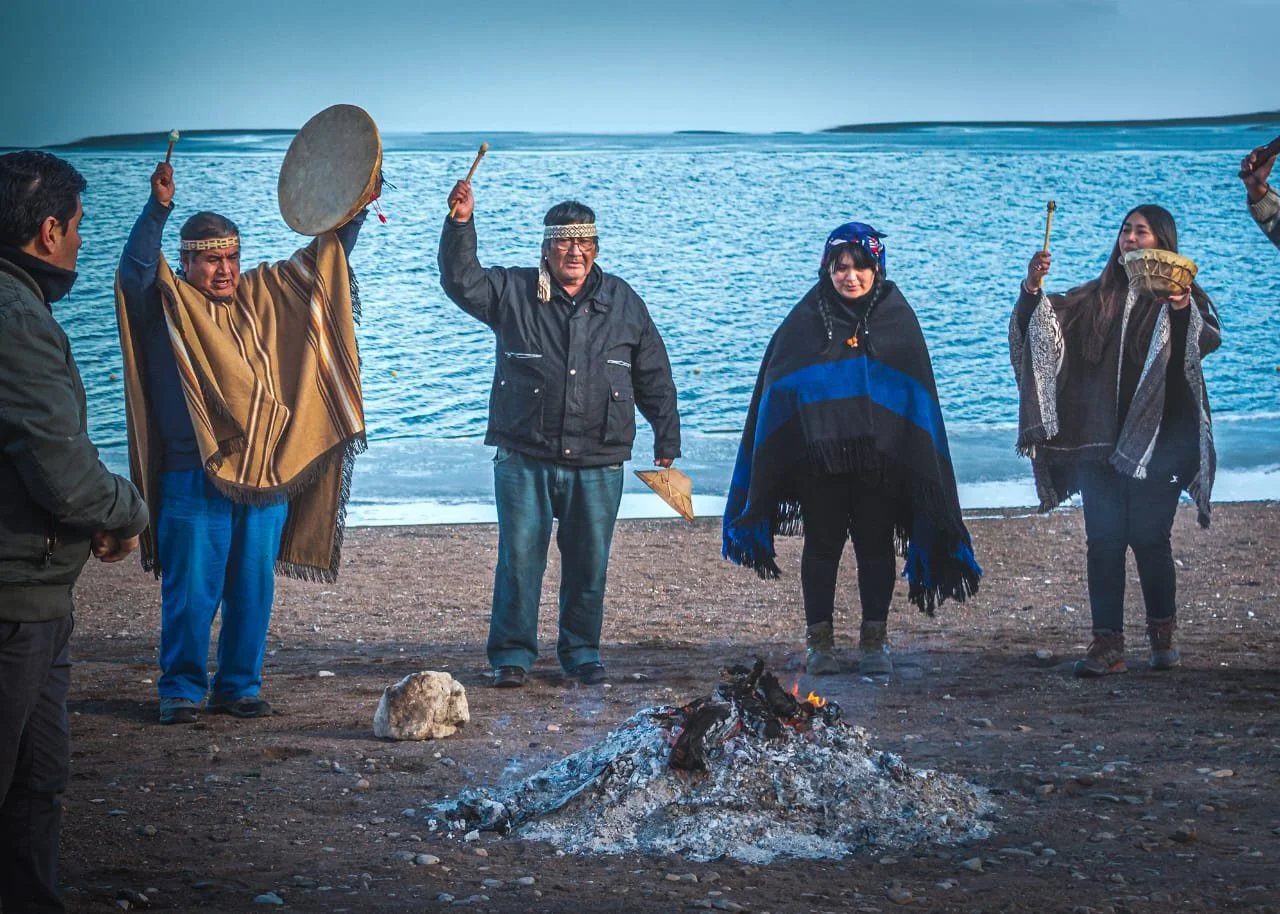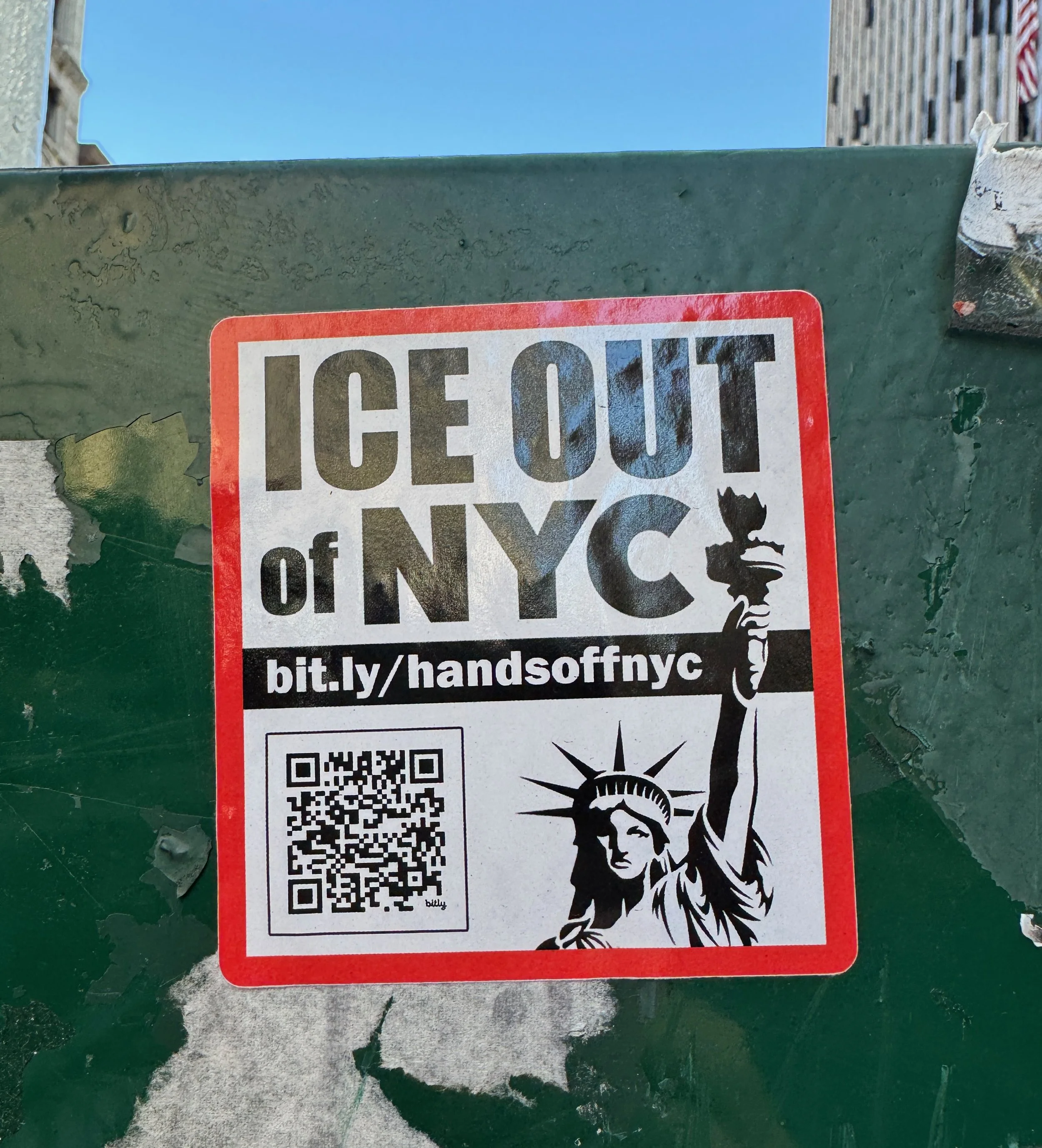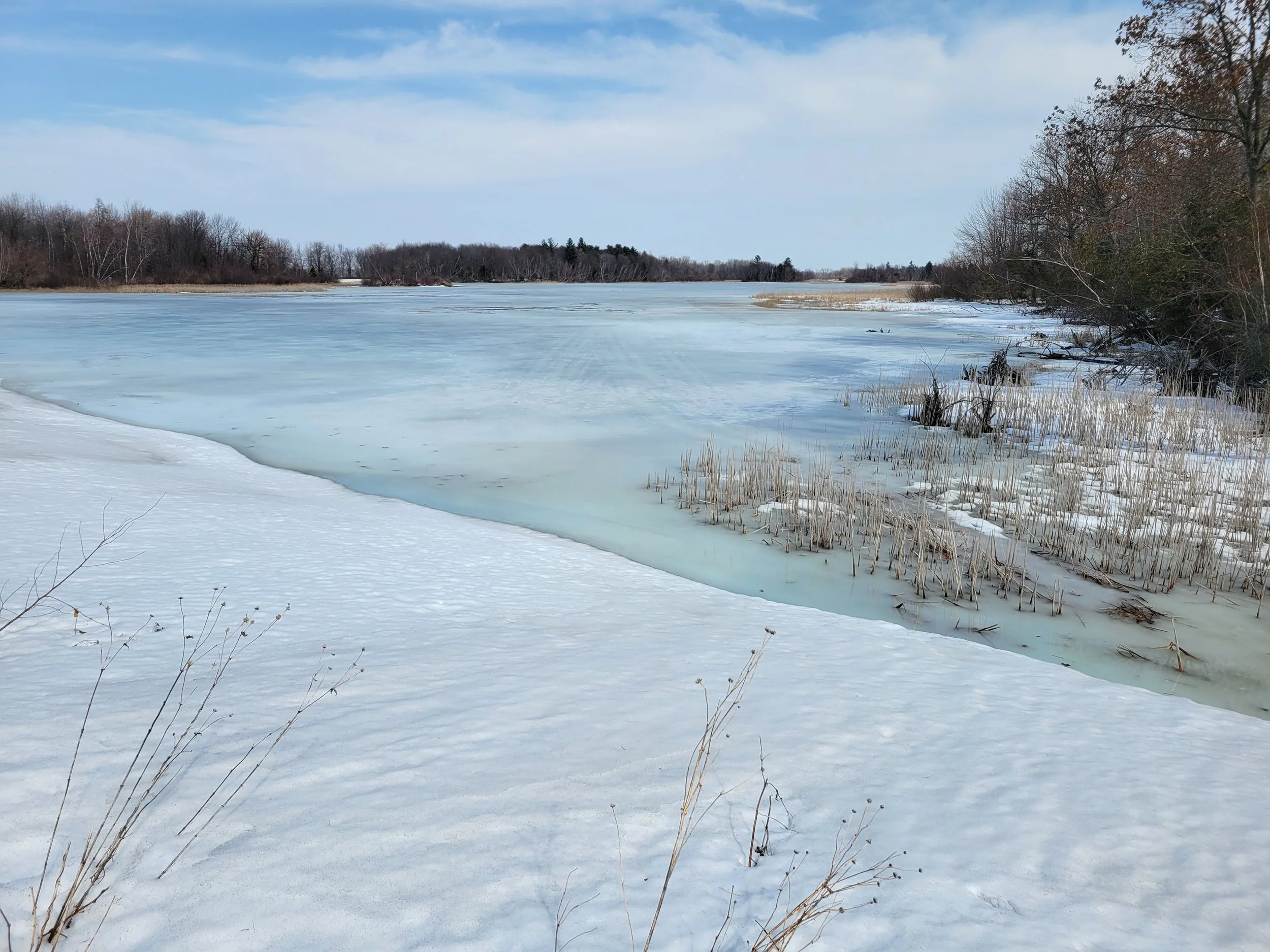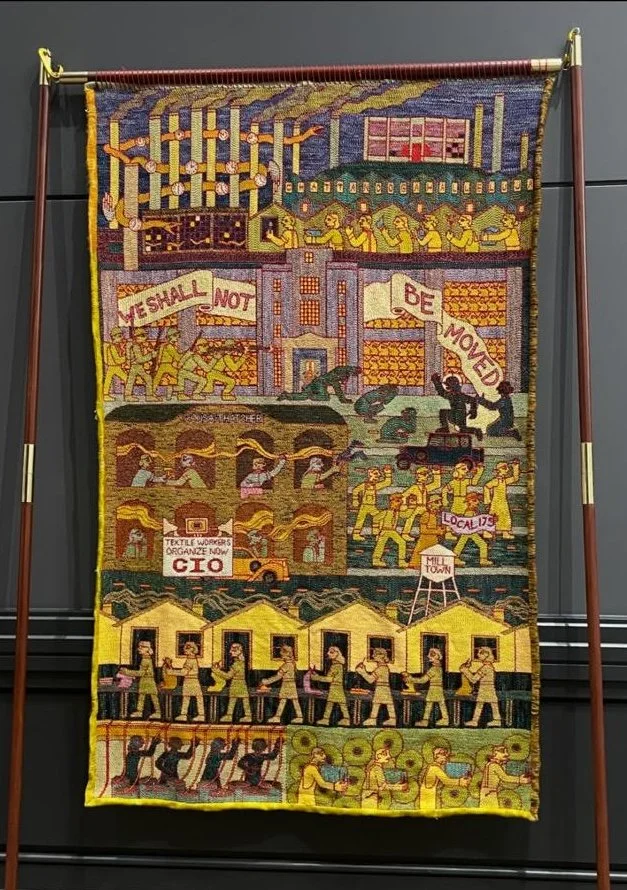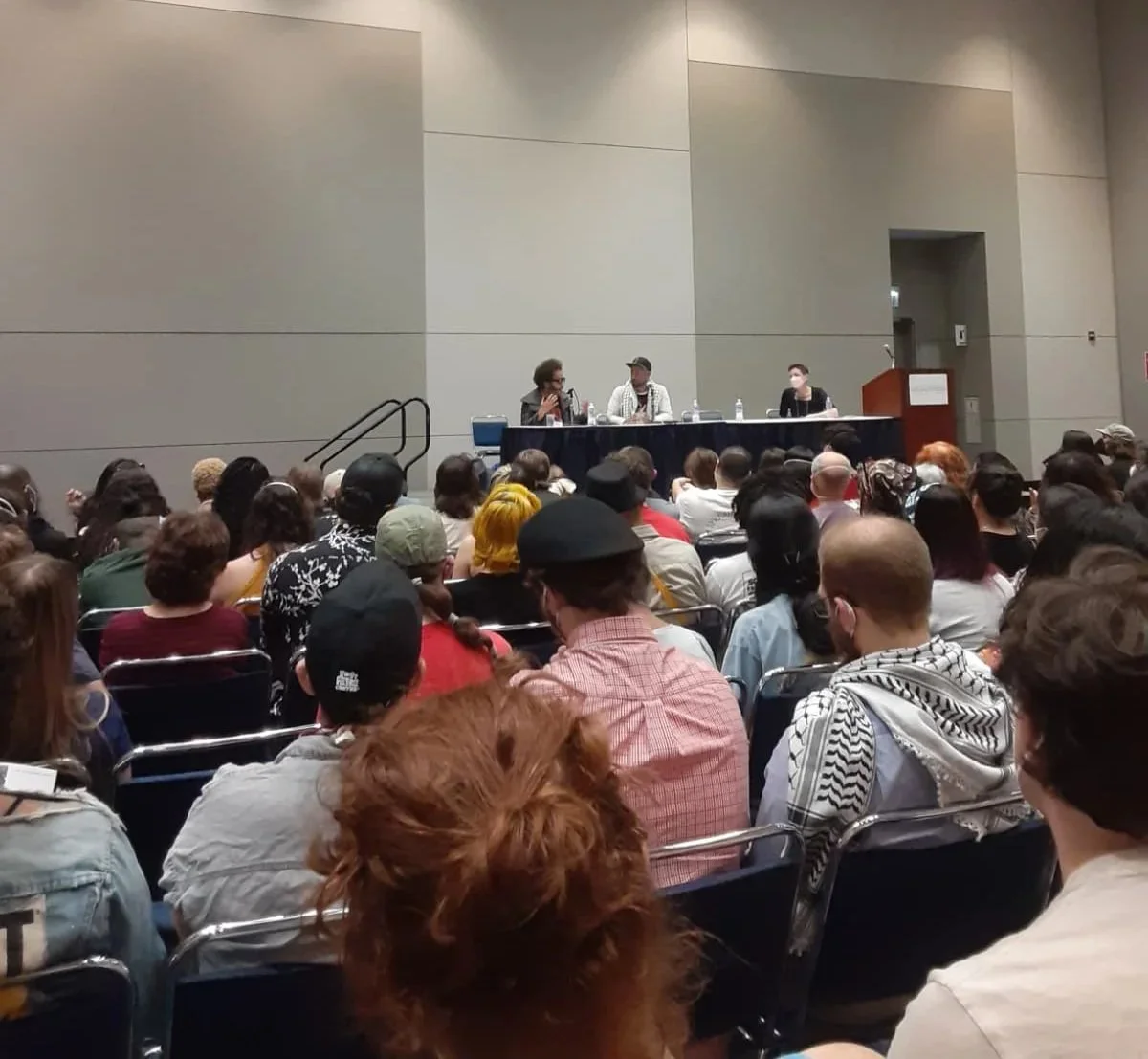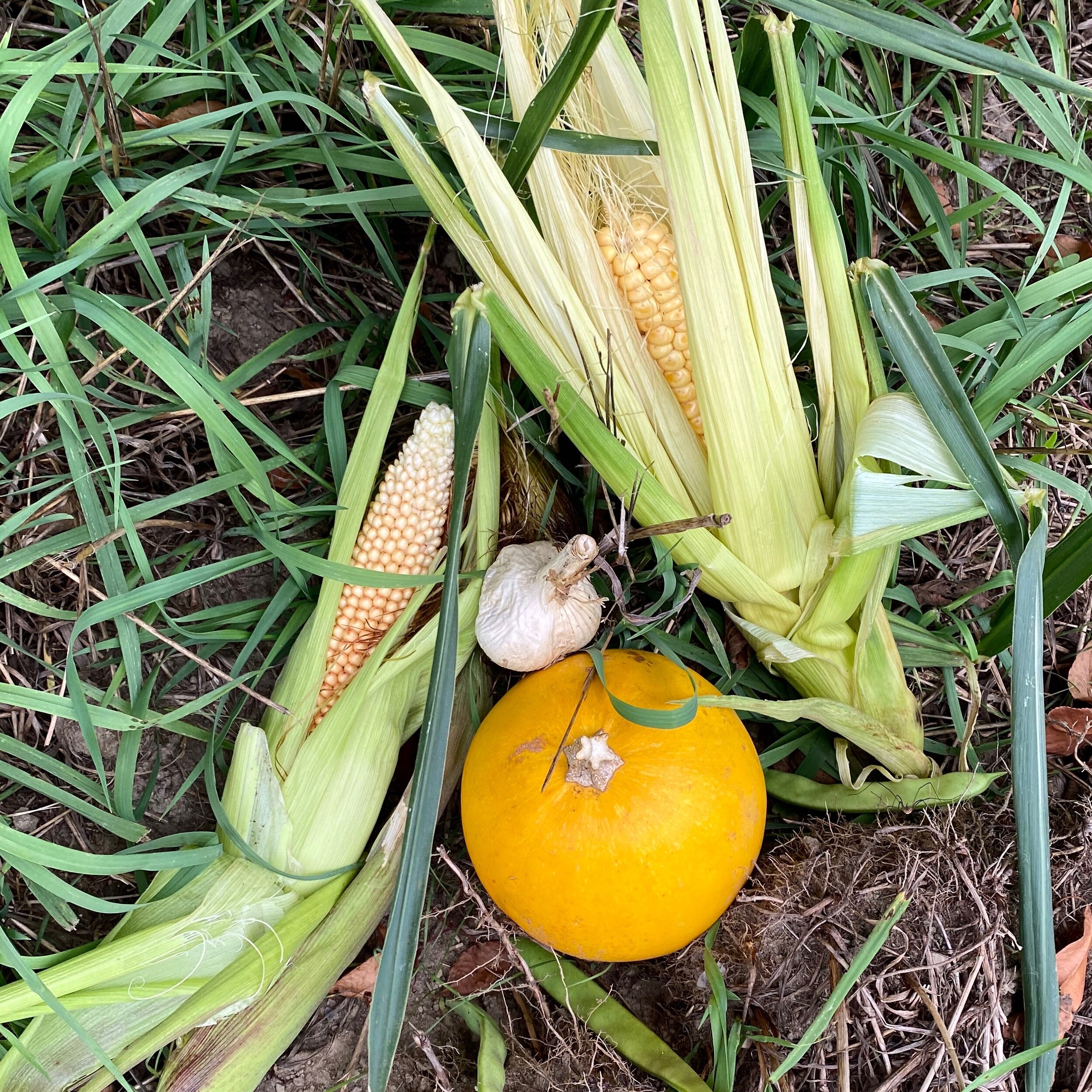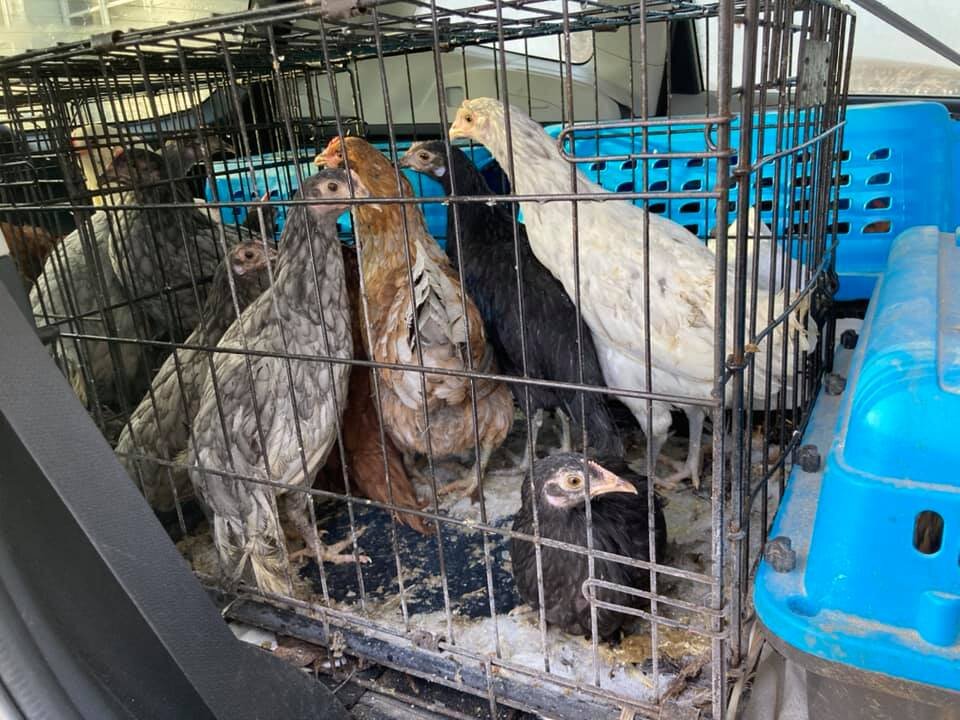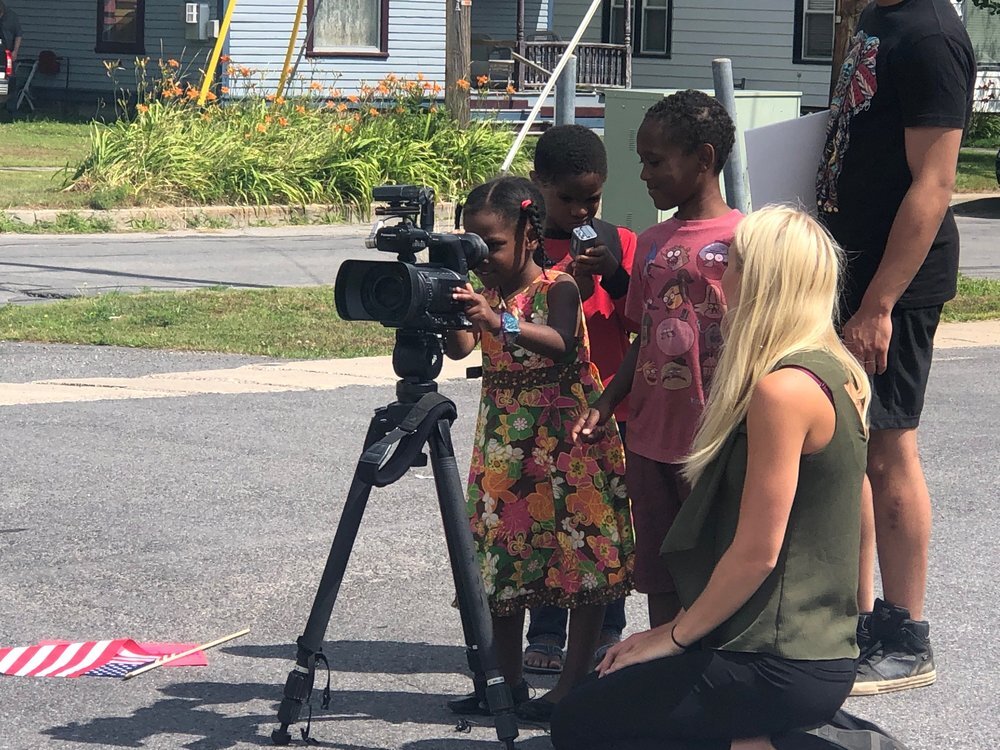
Stories
News

Analysis
Voices
Podcast
Announcements
Events

All Stories
An Ugly, Little Law and Its Callous Consequences
Understanding Public Law No. 119-21 and Its Impacts on Buffalo, New York
The Impact of Climate Change on North Country Farmers
“I am not optimistic. I think it will get harder and harder.” This was St. Lawrence County (NY) farmer Dan Kent’s response when asked how climate change will impact local farmers in the years to come. Localized farming practices have both economic and environmental advantages for the North Country. But with warming temperatures and varying weather patterns, local farmers in the region will need to find ways to adapt in order to maintain their livelihoods and retain the benefits of local food systems.
Shifting Ground: Weathering the Changes
Himanee Gupta-Carlson, a writer and professor with SUNY Empire State College, is writing a series of articles about moving the farm she and her husband Jim Gupta-Carlson own and operate from a small piece of land in Saratoga County to a much larger parcel in Washington County. The articles reflect on the journey as well as the couple’s commitments to cultivating food security on a regional level through regenerative agricultural practices and participating in food sovereignty movements worldwide. This article — the fifth in the series — marks the first full year of living between two farms.
Shifting Ground: The Longest Days
Himanee Gupta-Carlson, a writer and professor with SUNY Empire State College, is writing a series of articles about moving the farm she and her husband Jim Gupta-Carlson own and operate from a small piece of land in Saratoga County, NY to a much larger parcel in Washington County. The articles reflect on the journey as well as the couple’s commitments to cultivating food security on a regional level through regenerative agricultural practices and food sovereignty movements worldwide. This article explores ideas of ownership around land and its harvests.
Shifting Ground: Resistance and Surrender
Himanee Gupta-Carlson, a writer and professor with SUNY Empire State College, is writing a series of articles about moving the farm she and her husband Jim Gupta-Carlson own and operate from a small piece of land in Saratoga County, NY to a much larger parcel in Washington County. The articles reflect on the journey as well as the couple’s commitments to cultivating food security on a regional level through regenerative agricultural practices and food sovereignty movements worldwide. This article explores how the author has gleaned new knowledge from the non-human beings that surround her.
Shifting Ground: Winter’s Welcoming Call To Rest
In the second installment of her Shifting Ground series focusing on a year-long journey of moving her farm and deepening her commitment to regenerative agriculture, Himanee Gupta-Carlson narrates her process of moving into the quiet of winter after a fall of transition.
Shifting Ground: Farming, Land Use, and Food Sovereignty
In the first installment of her new “Shifting Ground” series, Himanee Gupta-Carlson introduces us to the experiences that have led her and her husband to make a commitment to “cultivating food security on a regional level through regenerative agricultural practices and participating in food sovereignty movements worldwide.” The series will trace their journey over the coming year as they move their farm to a new location following racialized protests against their agricultural practices in their current location.
Food Sovereignty and the Future of Regenerative Farming
In his third article previewing the upcoming North Country Art, Land, and Environment Summit to be held from September 9 to October 2, Derek Sherrange draws on the work of educator and farmer Dr. Himanee Gupta-Carlson to explore the concept of food sovereignty and its relevance for the work of overcoming settler-colonial structures and building regenerative forms of agriculture.
Let's Celebrate Earth Guardians and Environmental Solutions
On this Earth Day, we from the Talking Wings Collective are saying no to doom and gloom. Especially during the current pandemic, it is easy to succumb to an apocalyptic worldview. But we must also celebrate the brave work of human communities who are striving to plant the seeds of global/local change. At this very moment, these “earth and water guardians” are pushing back the hands of the doomsday clock and working against time to create a sustainable and regenerative future.
A Different Kind of Resistance at Bittersweet Farm
By Andrew Watson
It is the morning of January 16th, four days before Donald J. Trump is sworn in as the 45th President of the United States. It is, coincidentally, four days before many believe the end of the world will begin. For Brian Bennett, his wife Ann, and his daughter Catherine, it is just Monday. The Bennetts, owners and operators of Bittersweet Farm in Heuvelton, New York, are resistance fighters. However, they do not fight with guns, uniforms, or marching orders; their fight requires hand tools, a 1958 International Harvester, and an extensive knowledge of heritage breed ruminants and poultry.
Changing Times: North Country Dairy Farmers Tell Their Stories
By Julianne DeGuardi
While conducting this research on the history of the North Country dairy industry, I contacted Traditional Arts in Upstate New York (TAUNY), a local non-profit organization based in Canton, NY. TAUNY developed an exhibit in 2013 entitled Dairy Farm Workers in Northern New York, which consisted of several recorded and transcribed interviews with dairy farmers throughout St. Lawrence County and with some Hispanic migrant workers, as well as several photos of the farms that depict various aspects of farm life and work. In this particular post I will be referencing some of the interviews with the farmers to share their experiences and perspectives on the aforementioned changes within the North Country dairy industry over the last thirty years. I will be referencing the transcribed interviews with farmers from three different dairy farms in St. Lawrence County: Decker Farm, Adon Farm, and Andrews Farm.
The Changing Nature of the North Country Dairy Industry
By Julianne DeGuardi
As I have mentioned in previous posts, the dairy industry is an extremely lucrative component of New York State’s economy, especially in St. Lawrence County, which is the state’s second largest dairy producer. Within the last thirty years, however, the industry throughout the entire U.S. has undergone drastic changes that have reverberated throughout New York State in general and St. Lawrence Country in particular. In the late 1980s, New York began deregulating the dairy industry by eliminating New-Deal-era regulations that had protected local milk processors. Consequently the state has lost nearly two-thirds of its dairy farms since the 1980s and the ones that remain have expanded. In this post I provide an overview of these changes, all of which provide the context for an upcoming post that will feature the voices of North Country dairy farmers.
Migrant Workers in the North Country: Heightened Border Security, Heightened Invisibility
By Julianne DeGuardi
Since 9/11 Border Patrol regulations have been heightened significantly, which has placed the migrant workers in an increasingly vulnerable situation at the northern border. In 2001 there were about 340 Border Patrol agents in the US with 37 in NY; however, in 2014 there were 2,094 agents with 288 in NY. As result of such high border security, which I have witnessed myself this summer driving around the North Country, these migrant communities have become increasingly invisible, especially dairy farm workers because the majority are undocumented due to the lack of a visa program available for year-round workers.
Migrant Workers in the North Country: A Shifting Demographic Behind Closed Doors
By Julianne DeGuardi
Weave News contributor Julianne DeGuardi is investigating the conditions facing migrant workers who help keep the dairy industry running smoothly in the North Country (northern New York state). In this introductory post, she describes how she has approached the process of digging into this often invisible topic.






